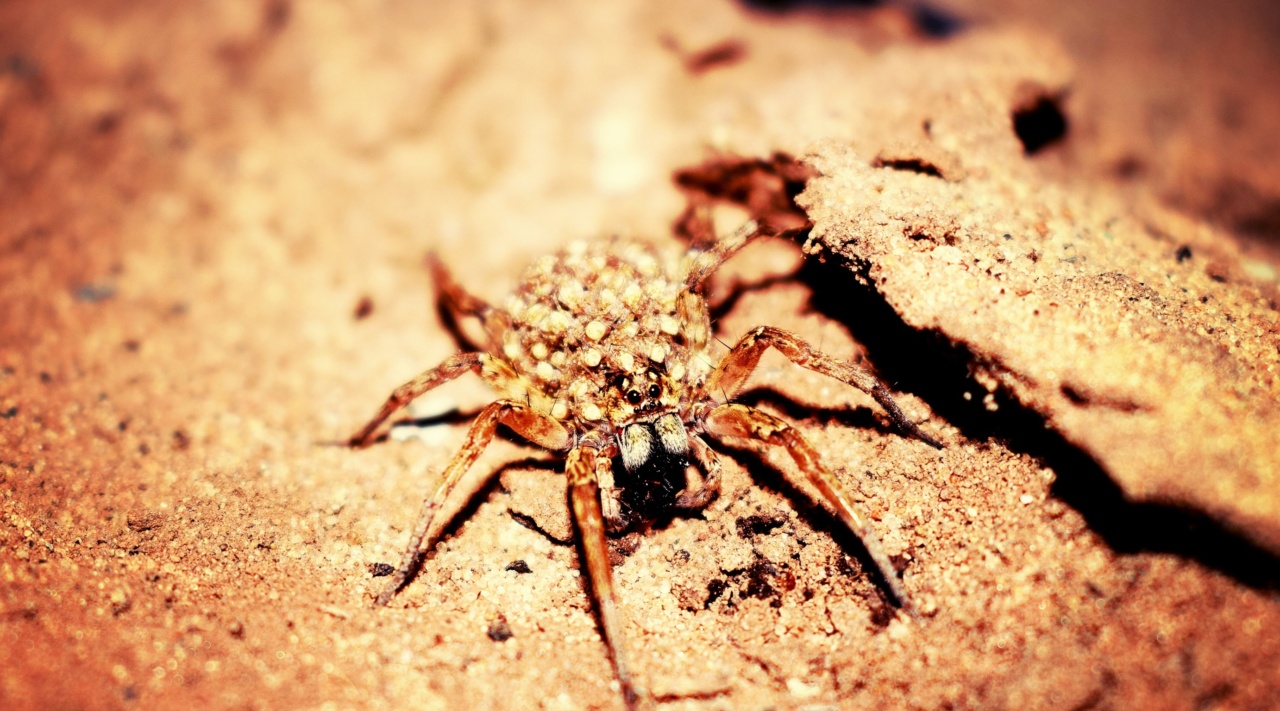Food allergies can be a serious and potentially life-threatening condition for many people. They can cause a range of symptoms, from mild discomfort to severe reactions.
It is vital for individuals with food allergies to be aware of the foods that could trigger an allergic response and take necessary precautions to avoid them. In this article, we will discuss the four most dangerous food allergies and provide tips on how to avoid them.
H2: Peanut Allergy
Peanut allergy is one of the most common and dangerous food allergies, particularly among children. For individuals with a peanut allergy, exposure to peanuts, even in trace amounts, can trigger a severe allergic reaction called anaphylaxis.
Anaphylaxis can cause symptoms such as difficulty breathing, swelling of the throat, and a drop in blood pressure, which can be life-threatening.
To avoid a peanut allergy reaction:.
- Read food labels carefully and avoid products that contain peanuts or are processed in facilities that also handle peanuts.
- Inform restaurants and food establishments about your peanut allergy, so they can take necessary precautions to prevent cross-contamination.
- Carry epinephrine auto-injectors (such as EpiPen) at all times, in case of accidental exposure.
H2: Shellfish Allergy
Shellfish allergy is another common and potentially dangerous food allergy. People with shellfish allergies are often allergic to both crustaceans (like shrimp, lobster, and crab) and mollusks (such as clams, mussels, and oysters).
Exposure to even small amounts of shellfish can trigger an allergic reaction, ranging from mild symptoms like itching and hives, to severe reactions like difficulty breathing and anaphylaxis.
To avoid a shellfish allergy reaction:.
- Avoid eating shellfish or any dishes that may contain shellfish, such as soups, bisques, and stir-fried dishes.
- Beware of cross-contamination. Make sure utensils, cutting boards, and grills used for shellfish are thoroughly cleaned before preparing other foods.
- Be cautious when dining out. Inform the staff about your shellfish allergy and ask about ingredients and preparation methods.
H2: Milk Allergy
Milk allergy is one of the most common food allergies in children and usually develops during infancy.
The proteins in cow’s milk can trigger an immune response, leading to symptoms such as hives, digestive problems, and even anaphylaxis in severe cases. It’s important to note that milk allergy is different from lactose intolerance, which is the inability to digest lactose, the sugar found in milk.
To avoid a milk allergy reaction:.
- Read food labels carefully and avoid products that contain milk or milk-derived ingredients, such as whey or casein.
- Consider alternatives like soy milk, almond milk, or coconut milk, but be cautious of cross-contamination in manufacturing facilities.
- Inform schools, daycare centers, and caregivers about your child’s milk allergy to prevent accidental exposure.
H2: Wheat Allergy
Wheat allergy is common, especially in children, and can cause a range of symptoms like hives, itching, nasal congestion, and even anaphylaxis.
People with wheat allergies are allergic to proteins found in wheat, such as gluten, and must strictly avoid wheat-based products.
To avoid a wheat allergy reaction:.
- Read food labels carefully and avoid products that contain wheat or wheat-derived ingredients, such as flour, bread, pasta, and baked goods.
- Choose alternative grains like rice, quinoa, or corn-based products.
- Be cautious of cross-contamination in restaurants and food establishments that serve wheat-based products.
While the four food allergies mentioned above are some of the most dangerous, it’s important to remember that individuals can be allergic to a wide range of foods.
Allergies can vary from person to person, so it is crucial to get tested by an allergist to identify specific allergens. It’s also recommended to create an emergency plan with your healthcare provider and carry necessary medications, such as epinephrine auto-injectors, to manage allergic reactions promptly.
By staying informed, being diligent in reading food labels, and communicating your allergies with others, you can greatly reduce the risk of exposure to these dangerous allergens.
Protect yourself and loved ones with allergies by taking the necessary precautions, and remember that prevention is key to staying safe.






























